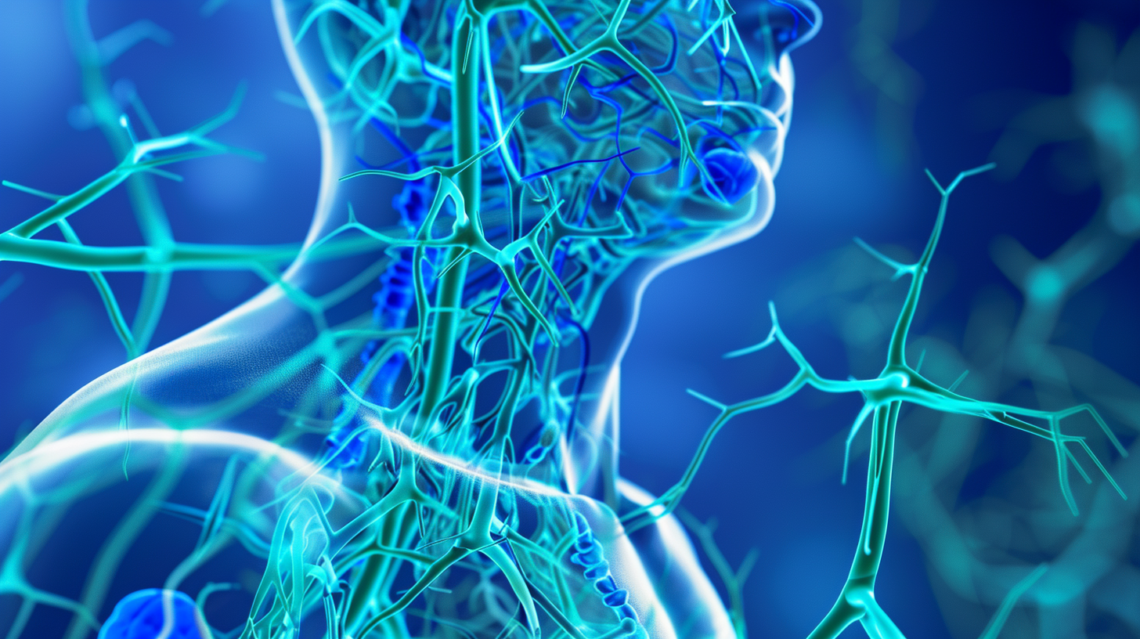
Rare Disease Spotlight: Sarcoidosis
Sarcoidosis represents a complex and multifaceted condition that manifests through the formation of granulomas, which are small clusters of inflammatory cells, within various organs throughout the body. This disease is characterized by its unpredictability in terms of organ involvement, severity, and the course it takes, varying greatly from individual to individual. At its core, sarcoidosis is an immune response gone awry, with the body’s immune system mistakenly attacking its own tissues and organs, leading to the formation of these granulomas. While these can develop in any organ, they predominantly affect the lungs, lymph nodes, eyes, and skin, but can also impact the liver, heart, and brain, albeit less commonly.
The incidence of sarcoidosis is notable, affecting approximately 47 to 64 individuals per 100,000 people globally. It transcends ethnic and racial boundaries, presenting in individuals of all backgrounds, though its onset is most frequently observed before the age of 50, with a peak incidence rate in those aged between 20 and 39 years. This wide demographic reach underscores the importance of awareness and understanding of this condition, both within the medical community and the general population.
Diagnosing sarcoidosis involves a comprehensive approach, beginning with a thorough physical examination aimed at identifying the hallmark signs and symptoms associated with the disease. Given its potential to affect multiple organs, the symptoms can be wide-ranging, often mimicking those of other conditions, which can complicate the diagnostic process. To confirm the presence of sarcoidosis and determine the extent of organ involvement, a series of tests may be conducted. These typically include chest X-rays, to visualize granulomas in the lungs; lung function tests, to assess the impact of the disease on respiratory capacity; and biopsies, particularly of any accessible granulomas, to definitively diagnose the presence of sarcoidosis.
The natural course of sarcoidosis varies, with many individuals experiencing a resolution of symptoms without the need for intervention within a few months to years after diagnosis. However, for those experiencing more significant discomfort or organ involvement, management strategies are available. Initially, over-the-counter pain relievers, such as ibuprofen, may be recommended to alleviate pain. In cases where inflammation poses a risk of causing scarring or significant damage to affected organs, prednisolone corticosteroid tablets may be prescribed. These medications work by reducing inflammation, thereby minimizing potential damage. Additionally, due to the long-term use of corticosteroids potentially leading to osteoporosis, calcium and vitamin supplements may be advised to mitigate this risk.
In more severe instances of sarcoidosis, particularly when critical organs like the heart or brain are involved, or when conventional treatments fail to yield adequate results, immunosuppressants may be introduced. These drugs operate by dampening the overall activity of the immune system, thereby reducing inflammation and improving symptoms. The decision to escalate treatment to include immunosuppressants is made with careful consideration of the potential benefits and risks, underscoring the personalized nature of managing sarcoidosis.

